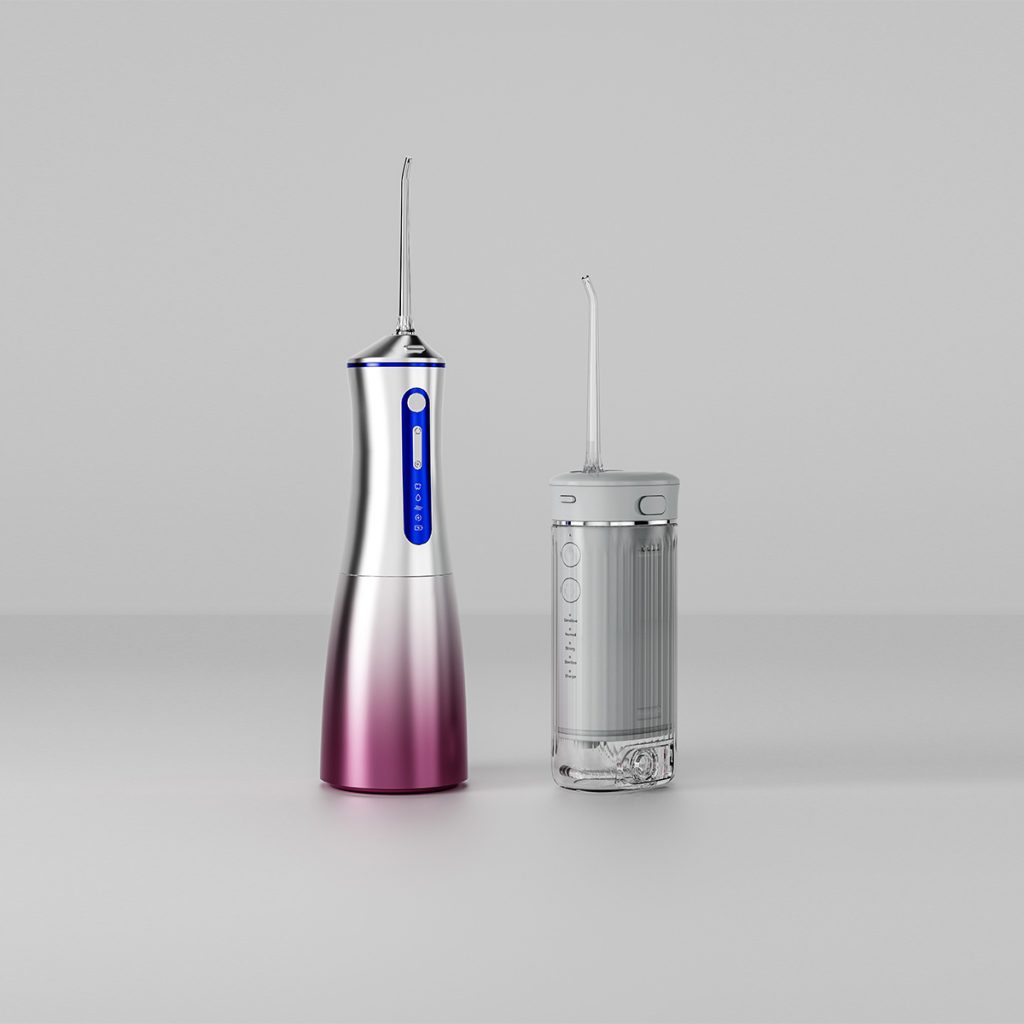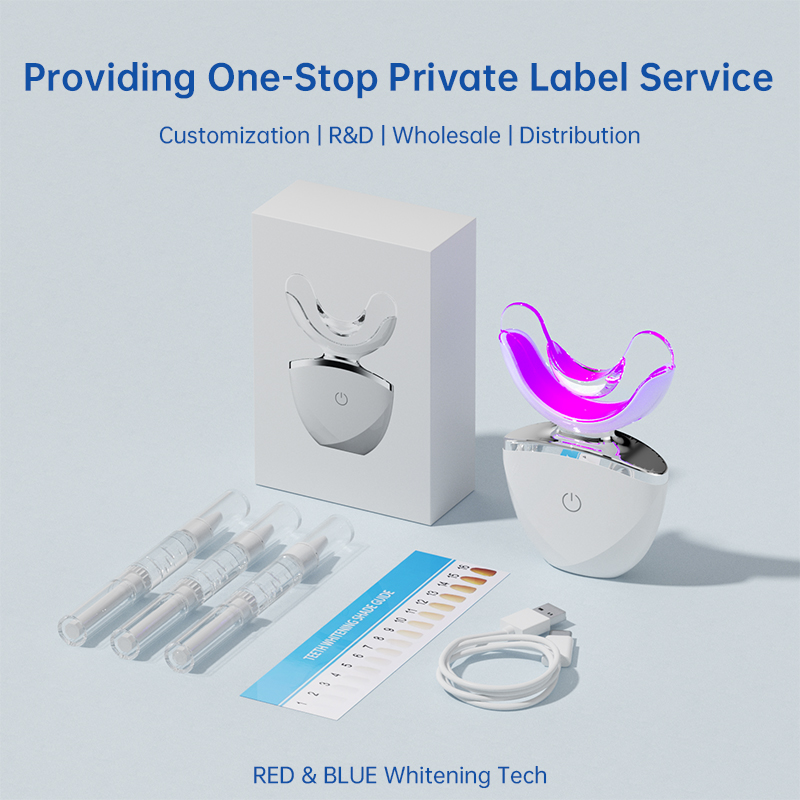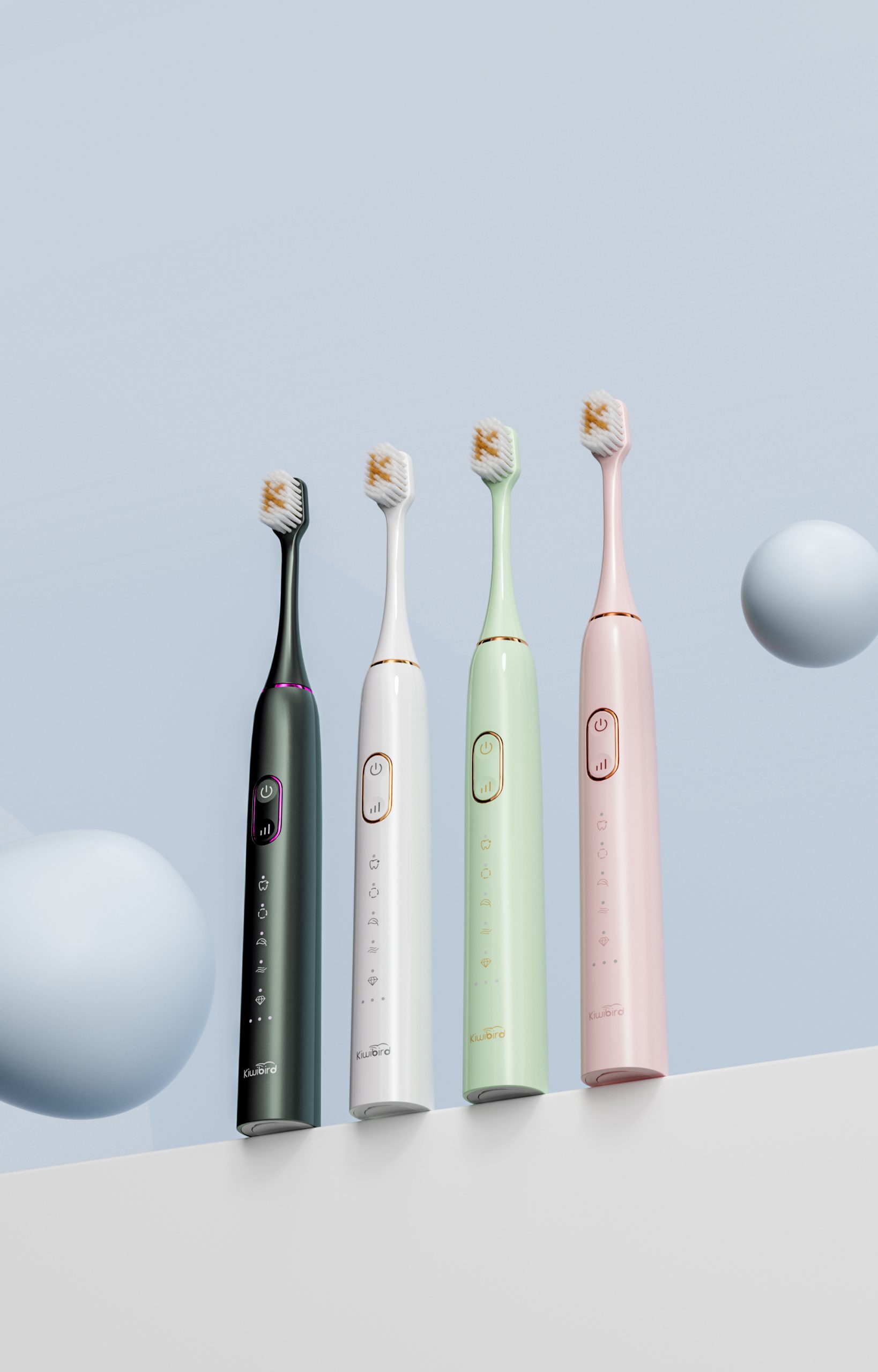Patients suffering from oral ulcers often report that post-whitening enamel takes on a chalky hue, a phenomenon known as fluorosis aggravation. Before launching your next‐gen whitening device, B2B manufacturers and channel partners must understand how mucosal lesions interact with topical fluoride to avoid unintended contraindications and maintain clinical safety.
First, open lesions in the mucosa change fluoride dynamics:
Thus, ulcer management is pivotal to controlling fluoride uptake during whitening.
Next, consider the biochemical cascade:
This interplay underscores why ulcers are a red-flag contraindication.


Moreover, B2B partners must screen for factors that compound risk:
A thorough pre-treatment assessment avoids compounding fluorosis.
To mitigate fluorosis aggravation, integrate these design and chemistry controls:
Engineering both device and gel for targeted delivery preserves enamel integrity.
Clear usage protocols are essential:
Published contraindication lists in manuals ensure compliance at every touchpoint.
Finally, empower partners and safeguard reputation with:
A robust training and monitoring ecosystem turns potential risks into trust-building opportunities.
Conclusion
When oral ulcers and high-fluoride protocols collide, fluorosis aggravation becomes a real concern. B2B manufacturers must embed ulcer screening, pH-buffered gels, precise applicators, and strict contraindication protocols into their whitening solutions—supported by thorough channel training and surveillance—to guarantee both safety and efficacy. Contact us to co-develop clinically sound, user-friendly whitening systems that respect oral health complexities.
Pump Seizure Plus Gingival Abrasion – Critical?
Travel Size Electric Toothbrush Wholesale
-3-scaled-1.jpg)
Teeth Whitening Tech: Is LED Scientifically Superior to UV for OEM Applications?
Dental Clinic Toothbrush Bulk Supply | Reliable Oral Care Distributor

Electric Toothbrush Laser Engraving LOGO Process: How to Set the Depth, Speed and Power Parameters?

Capitalizing on the LED Oral Care Boom: Essential Market Insights for Brands
Charging Corrosion with Mucosal Lesions – Fatal?

What’s Driving the Oral Care Category Now?
Demineralization Zones with Jaw Fatigue – Silent Threat?
.jpg)
How an Oscillating-Rotating electric toothbrush removes plaque more efficiently

Ultrasonic electric toothbrush
Does Warranty Cover Motor Overheating in Electric Toothbrushes?

Electric Toothbrush for Family Diwali Gift: Seasonal OEM Solutions
Corporate Gift Electric Toothbrush Wholesale | Premium Business Gifts
.jpg)
sonic electric toothbrush Birmingham
.jpg)
Taste Distortion Alongside pH Imbalance – Vicious Cycle?
.jpg)
Florida Electric Toothbrush – Powsmart PTR-C8

Private Label Whitening Gel

electric toothbrush heads Ultra Soft

electric toothbrush heads Charcoal Infuse-Round

Electric toothbrush heads Charcoal Infused-Diamond

Customization Teeth Whitening Gel

electric toothbrush heads Regular Clean

electric toothbrush heads Deep Clean
whstapp
whstapp
National Toll-Free Service Hotline
+86 755 86238638